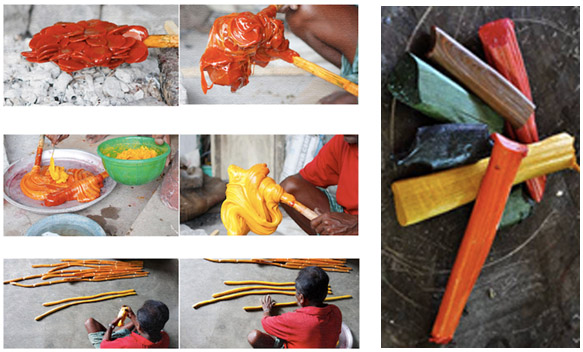Continuing to Part -1, the manufacturing process sounds simple but requires tremendous skill. Even today, the charm of these toys is because they are made not in large-scale factories and industries, but in homes or small ventures. About 6,000 artisans work out of 250 homes and 50 small factories. In some cases, components are produced in one place and assembled elsewhere. An added attraction is that the customer can witness the piece being made in front of his/her eyes; in fact, anyone can walk in and see the manufacturing process.
Colors Of Nature
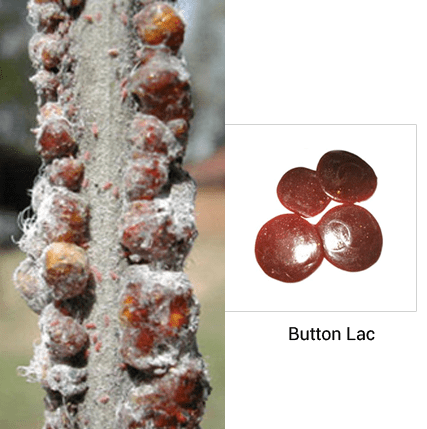
Colors used in toys are made by mixing lac and natural dyes. Lac is a 100% natural, nontoxic resin and has been used in India since ancient times. It is the secretion of a tiny insect “Laccifer lacca”, which is found on certain trees. The substance is scraped off from the twigs and branches of the trees, cleaned and harvested. The harvested lac is further purified into seedlac, button lac, lac flakes, and shellac. Button Lac is used by the lacware artisans. Lac is approved as a food-grade finish and is widely used in the pharmaceutical and confectionery industries.
 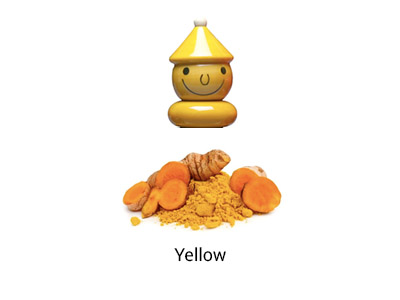 The root of the turmeric plant is dried and powdered, which when mixed with lac results in bright yellow color. | 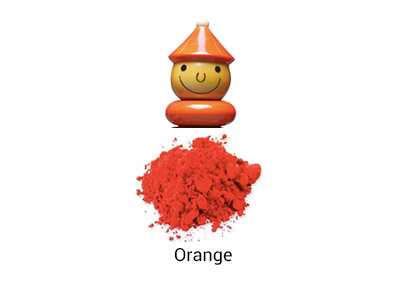  Kumkum is made by mixing turmeric with lime. The red of Kumkum combining with the little yellow of the lac results in brilliant orange. |
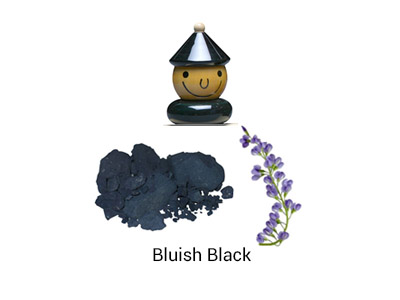 The whole of the indigo plant is used to make the dye. When mixed with lac we get a bluish-black color. | 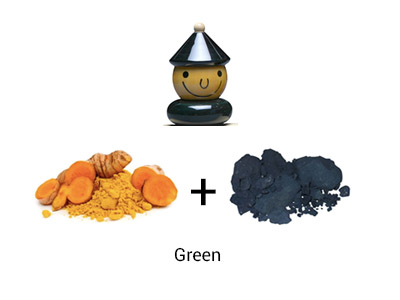 Green is obtained by mixing turmeric and indigo with lac. |
Making of Lac Color Sticks
Button Lac is heated on a charcoal fire. As it starts melting it is mixed using two wooden sticks. Once it melts, the dye is added. It is then thoroughly mixed using the wooden sticks. It is then kneaded and made into long rods and cut into small lac sticks before it hardens. The lac sticks are then used to color and coat the wood on a lathe.
Safety Standards
The safety of a child is of paramount importance to us. FairKraft toys are tested by certified laboratories and are in compliance with international toy safety requirements such as the EN 71 standards for Europe and ASTM standards for the USA.
- All the loose parts of toys meant for children less than three years of age are inspected using the small parts cylinder to avoid choking hazards.
- All pull-toys contain safety velcro breakaway features to prevent strangulation.
- Tensile tests are done on all the glued and assembled parts to ensure that no parts are left loose.
- Products are manually checked for smooth edges and surface finish to ensure that there are no sharp and jagged edges that can cause injury.
The main wood used in the manufacture of Lacware toys is free of any chemical treatment. The toys are finished with Lac which is a natural resin and natural dyes are used for coloring. All finishes are nontoxic.
Lacware craft uses an ecologically friendly manufacturing process.
Stay tuned for part -3 to find out more about the Classic, playful, and ideal toys for kids.




































